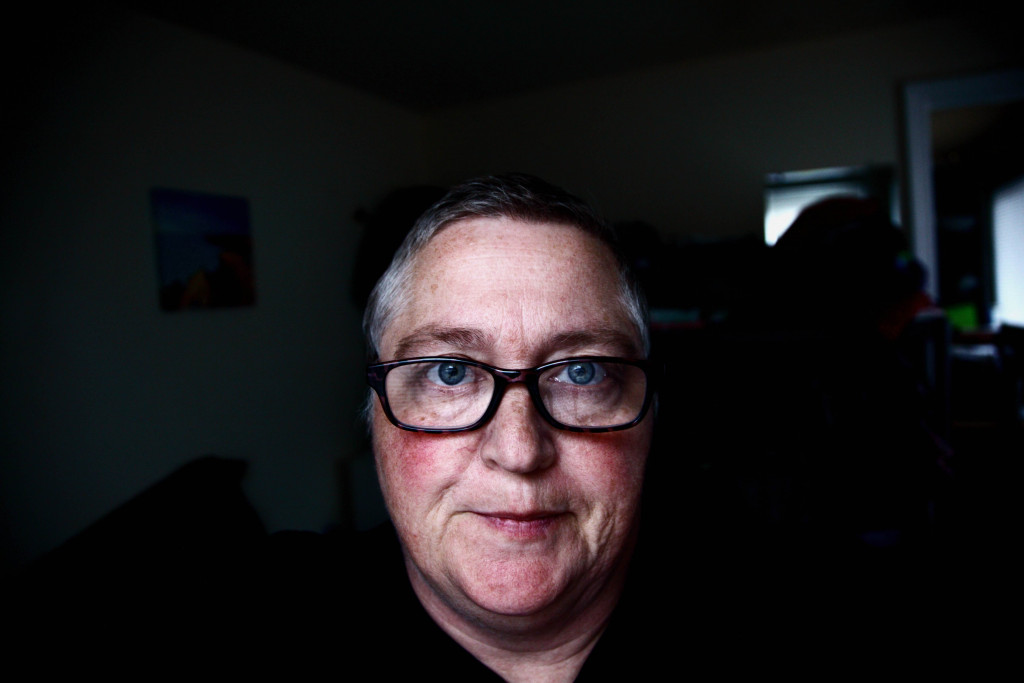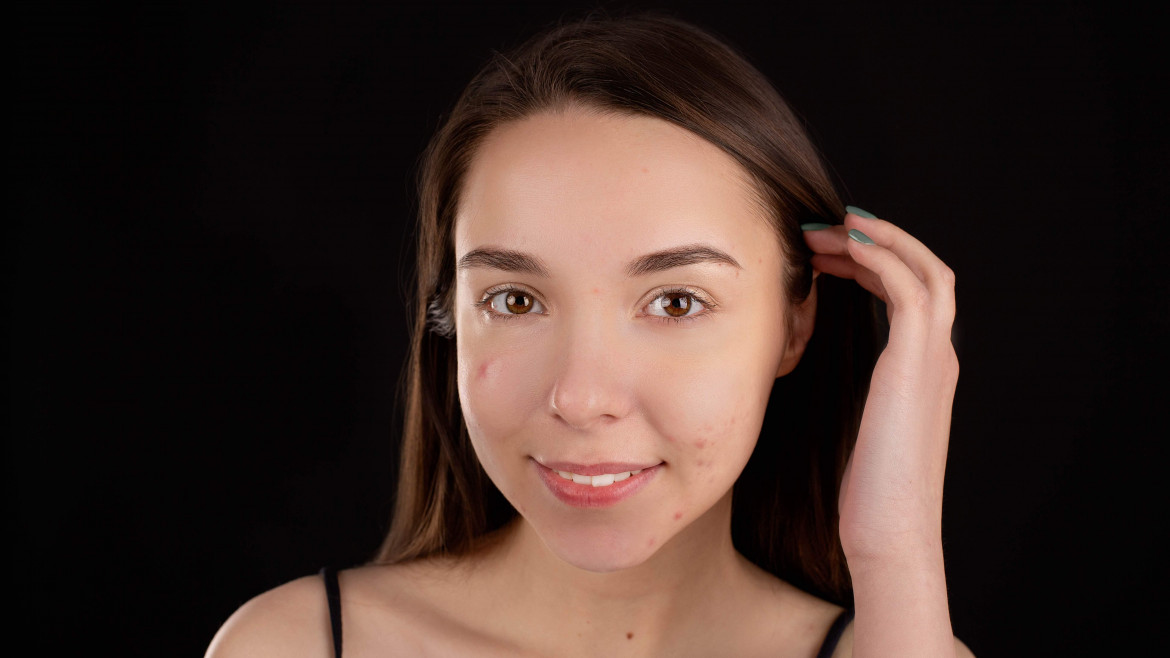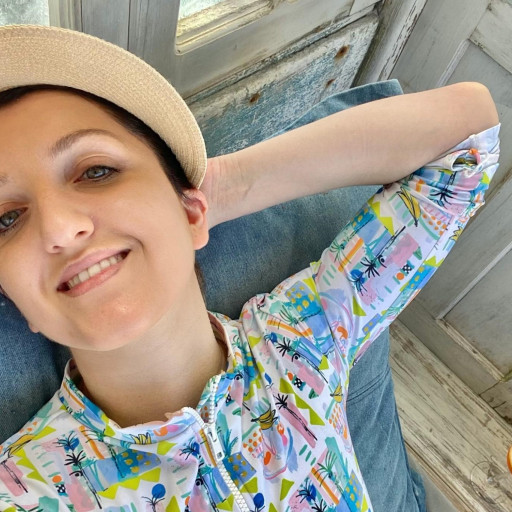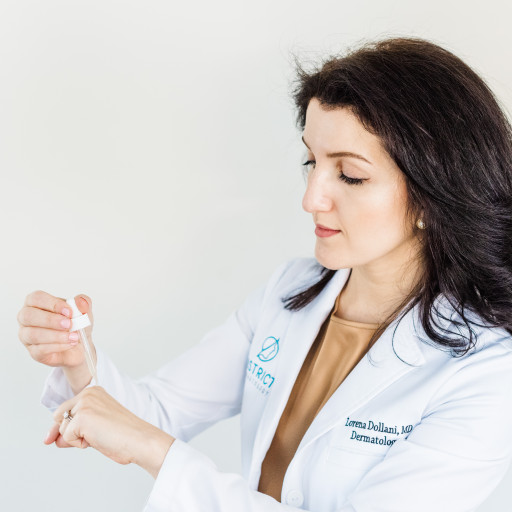There is a case of mistaken identity when it comes to acne and rosacea; they’re commonly mistaken for one another. Today I hope to shed some light on the difference between rosacea and acne. Let’s find out!
Let’s first talk about the basics of acne.
What Is Acne?
Acne is a common inflammatory skin condition that occurs when hair follicles get clogged by oil and dead skin cells. Usually, acne outbreaks occur on the face; however, they’re not limited to that body area only. They can also appear on the chest, shoulders, and back. In the majority of people, acne tends to clear as one gets older but, for some, especially for women, acne can be more persistent due to more hormonal influences.
What Causes Acne?
There are four main factors that have been implicated in the formation of acne:
- Too much oil produced in the hair follicles as there is sebaceous gland hyperactivity.
- Dead skin cells accumulate in your pores.
- Bacteria, specifically Cutibacterium acnes, buildup in your pores.
- An inflammatory immune response is triggered by the presence of bacteria.
How Is Acne Diagnosed and How Is It Different from Rosacea?
Being able to differentiate the two conditions is crucial as standard acne treatments can irritate or exacerbate rosacea. To the untrained eye, both conditions can appear similar however there are several important differences that distinguish the two. This is why it becomes important to see a board-certified dermatologist.
A thorough medical history is taken and a skin exam is done in the office. Dermatologists evaluate the severity of your acne to determine the appropriate therapy. You will also be asked about your past and current regimens you are using, including any prescription or over-the-counter products. Don’t forget to make a list of the products you are using to get the most out of your visit with your dermatologist.
Acne is characterized by open comedones (blackheads), closed comedones (whiteheads), red or pus-filled inflammatory bumps. In comparison, rosacea is a chronic inflammatory condition that is characterized more by facial flushing, redness, dilated blood vessels, red and pus-filled bumps on the central face, nose, cheeks, chin. The etiology of rosacea in comparison is poorly understood.
How to Treat Acne?
Fortunately, acne is a treatable condition. Depending on the severity of your acne you can choose to start treating your acne with over-the-counter products. Once over-the-counter products are not working however you should see a board-certified dermatologist to create a regimen specifically for your type of acne. While acne can be self-limited, while active, it can lead to permanent scarring and significant psychosocial distress.
Acne-fighting ingredients
The best way to treat acne is through combination therapy which involves an antimicrobial, a retinoid, an exfoliant, and anti-inflammatory ingredients. All these target the steps that are involved in creating acne.
The best acne-fighting players include:
- Benzoyl Peroxide
- Salicylic Acid
- Retinoids/Retinol
- Sulfur
Check out the recommended products section of my blog which includes recommended products that have these ingredients.
Medical care for acne
Depending on the severity of your acne condition, the dermatologist can prescribe you medicines like oral antibiotics (tetracyclines are the most common), oral contraceptives, or anti-androgen agents such as spironolactone as well as oral isotretinoin, which is a powerful vitamin A derivative. In the office,, procedures for acne include chemical peels, light therapy, local steroid injections as well as extractions.
What Is Rosacea?

Rosacea is a chronic inflammatory condition whose main symptoms include face redness and visible blood vessels in your face. It tends to mostly involve the central face, such as nose, cheeks, and chin. This condition is more prevalent in women and people of lighter skin types.
What Triggers Rosacea?
Some of the most common rosacea triggers are:
- Sunlight
- Stress
- Spicy foods
- Alcohol
- Heat
- Skin or Hair Care products
- Wind and Cold Temperatures
The intensity of the rosacea can also be affected by the hormonal changes that occur during the menstrual cycle.
How Is Rosacea Diagnosed?
An early diagnosis is key to control rosacea and prevent it from progressing any further. However, there isn’t a specific test one can use to diagnose rosacea. Just like with acne, the dermatologist will examine your skin and gather the history of your symptoms. Since some skin conditions like lupus, eczema, and psoriasis show similar signs with rosacea seeing a dermatologist becomes very important.
There are four types of rosacea:
- Erythematotelangiectatic Rosacea- Persistent redness and flushing in the central portion of the face.
- Papulopustular Rosacea- Acne-like bumps predominate therefore, this type can easily be confused with true acne.
- Phymatous Rosacea- Chronic inflammation from rosacea can lead to thickening of the skin resulting in enlarged skin, which most commonly affects the nose.
- Ocular Rosacea- This type of rosacea affects the eye and can present with eye redness, itching, or dryness. This can have potentially severe consequences and needs more aggressive treatments.
How to Treat Rosacea?
The chances of rosacea recurrence are quite high and pretty common. For that reason, the duration of the treatment may depend on the symptoms and the severity of the condition. The best way to treat rosacea is through combination therapy which involves antimicrobials, anti-inflammatory, and anti-redness ingredients.
Lifestyle changes
Lifestyle changes include avoiding known triggers such as spicy foods, alcohol, emotional stress, hot beverages, and extreme temperatures. Sun avoidance and strict sun protection with broad-spectrum sunscreen, SPF 30 is extremely important.
Medical treatments
- Antimicrobial treatments, topical or oral
- Sodium Sulfacetamide with sulfur washes
- Topical Azelaic Acid
- Anti-redness treatments such as brimonidine gel or oxymetazoline
- Oral isotretinoin
- Green tinted makeup
- Laser/light-based treatments
The Difference Between Acne and Rosacea?
I listed the main differences between acne and rosacea in the table below. Let’s take a look at them.
| Acne | Rosacea |
|
|
There you go, guys, you finally got the answers that you were looking for. Nevertheless, I have something to add; this article doesn’t substitute professional medical advice. If you still aren’t sure where your condition falls, then maybe a visit to your dermatologist might be the best option.


